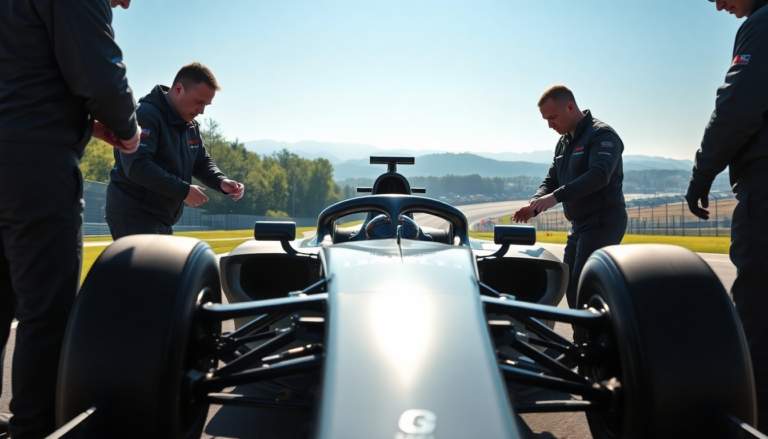Argomenti trattati
As the Formula 1 community gears up for some major regulatory shifts in 2026, one thing is clear: the goal is to ensure that no single engine manufacturer can dominate the championship. We all remember the turbo-hybrid era that kicked off in 2014, where Mercedes seemed unstoppable. Nicholas Tombazis, the FIA’s technical director for single-seaters, sheds light on how the next generation of power units aims to close the door on such overwhelming technical gaps.
Key Factors for Balance in Competition
Tombazis highlights two crucial elements that will form the backbone of this new strategy: fair resource distribution through a budget cap and a simpler engineering philosophy compared to the current complexities. By removing the MGU-H component and streamlining various systems, along with tightening limits on certain technical parameters, the FIA aims to prevent a repeat of the technological advantages we saw a decade ago. “The new engines will be less complex, and while we faced resistance to push simplification further, we are confident that performance differences will not be as pronounced as they were in 2014,” he explained.
In a bid to support this strategy further, the FIA is introducing the Dynamic Upgrades Opportunity (DUO). Instead of penalizing the frontrunners, this mechanism will offer concrete recovery tools for those who find themselves trailing behind. Set to kick in after the first five races of the season, if a constructor experiences a deficit greater than 3% in internal combustion engine power—roughly 18 HP based on a 600 HP standard—they’ll be eligible for additional testing hours, extra budget, and, in extreme cases, a new homologation of their power unit.
A New Direction for Engine Manufacturers
This new approach is quite different from the Balance of Performance model used in other racing series, like the World Endurance Championship (WEC). It arises from the necessity to function within a cost cap that limits not only overall spending but also access to testing facilities. The FIA aims to avoid situations like those faced by Renault/Alpine in recent years, where a manufacturer became trapped in a technical gap with minimal prospects for recovery, ultimately leading to the tough decision to exit Formula 1. This safeguard is also essential for attracting new players, like Audi in 2026 and later Cadillac.
Clear regulations will specify which components can be modified, and special exemptions will be granted for serious reliability issues to ensure that necessary repairs don’t become a financial burden.
Ensuring Competitive Integrity Moving Forward
Tombazis believes that combining a more straightforward technical foundation with a regulated corrective system offers the best chance for maintaining genuine competition. The message is loud and clear: the FIA wants 2026 to mark the beginning of an era defined by balance and unpredictability, steering clear of a repeat of the 2014 scenario. Whether they’ll achieve this ambitious goal remains to be seen, but one thing is certain—the motorsport world will be watching closely as these changes unfold.

